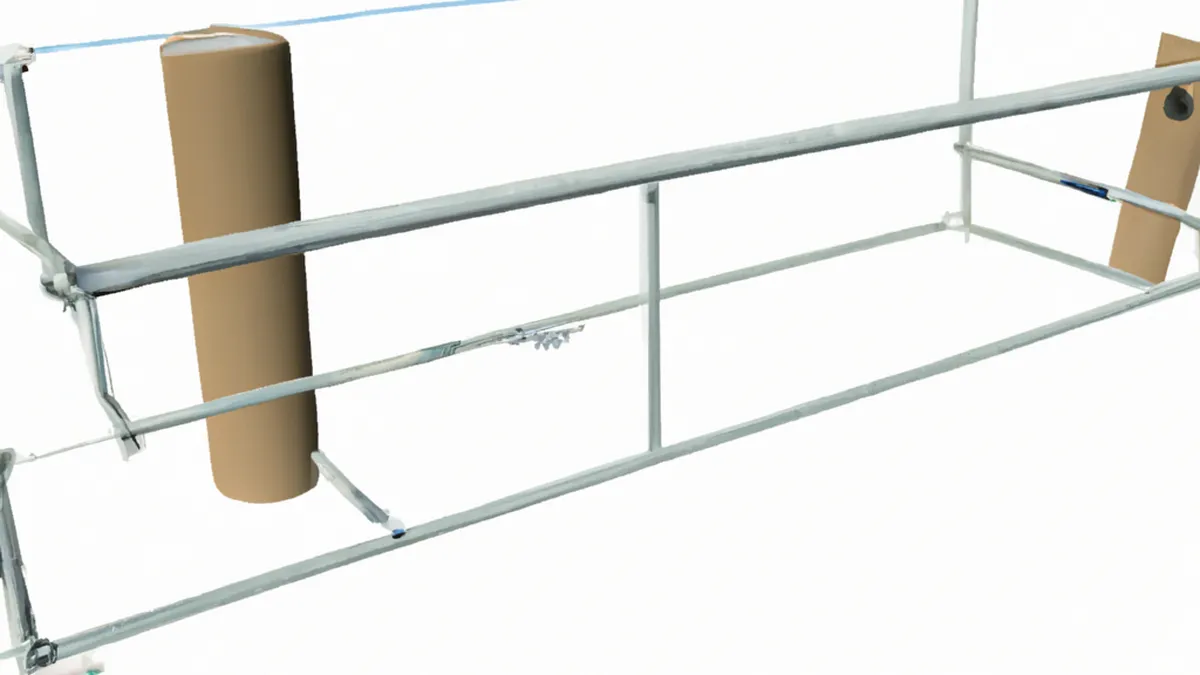Tracking Calf Rehab with Strength Tests
How to Use Strength Tests to Monitor Calf Rehabilitation Progress
Rehabilitating a calf injury involves monitoring and tailored interventions. Strength tests effectively assess recovery. These tests offer insights into muscle performance, helping healthcare professionals and patients track rehabilitation progress. This post explores how to use strength tests in calf rehabilitation, their benefits, and their role in guiding recovery.
Understanding Strength Tests
Strength tests systematically evaluate the force production capabilities of calf muscles. They serve as benchmarks for muscle performance and functionality. Common methods include manual muscle testing, handheld dynamometry, and isokinetic testing. Each method has its benefits and limitations.
Manual Muscle Testing
Trained healthcare providers conduct manual muscle testing. They assess muscle strength based on resistance and the patient’s ability to move their limb. Although less precise than dynamometry, this method quickly gauges muscle strength and identifies imbalances.
Handheld Dynamometry
Handheld dynamometry offers objective measurements by quantifying the force exerted by calf muscles. Clinicians use a portable device to assess strength in pounds or kilograms. This method allows precise tracking of muscle performance over time, making it valuable in rehabilitation.
Isokinetic Testing
Isokinetic testing measures muscle strength at a constant speed. Typically performed in specialized clinics, it provides comprehensive data on muscle function and endurance. However, not all patients can access this testing method.
Timing of Strength Tests
Timing significantly impacts the effectiveness of strength tests. Establish a baseline measurement at the onset of rehabilitation. This assessment serves as a reference point for future comparisons and guides treatment decisions.
After the baseline test, retest strength every two to four weeks. Adjust timing based on injury severity and individual recovery rates. For minor calf strains, conduct assessments more frequently. For severe injuries, extend intervals between tests. Always consult a healthcare professional for the best schedule.
Interpreting Test Results
Interpreting test results is crucial after conducting strength tests. Look for trends in muscle performance. Are you seeing consistent strength improvements? If test results plateau or decline, adjust your rehabilitation plan.
Document each test result to track progress over time. Detailed records help you visualize improvement and provide a sense of accomplishment. Celebrate milestones, no matter how small; they contribute to your recovery journey.
Setting Goals Based on Strength Tests
Strength tests facilitate goal-setting during rehabilitation. Establish clear, achievable objectives for each recovery phase. For example, you might aim to increase strength by a specific percentage.
Conclusion
Strength tests play a vital role in monitoring calf rehabilitation. They provide essential data for tracking progress, setting goals, and guiding treatment decisions.
Below are related products based on this post:
FAQ
What are strength tests and how do they help in calf rehabilitation?
Strength tests are systematic evaluations of the force production capabilities of calf muscles. They help assess muscle performance and functionality, providing insights that guide rehabilitation progress. By using methods like manual muscle testing, handheld dynamometry, and isokinetic testing, healthcare professionals can track improvements and adjust treatment plans accordingly.
How often should strength tests be conducted during calf rehabilitation?
Strength tests should be conducted every two to four weeks after establishing a baseline measurement at the onset of rehabilitation. The frequency may vary based on injury severity and individual recovery rates. For minor calf strains, assessments can be more frequent, while for severe injuries, longer intervals might be necessary. It’s best to consult a healthcare professional for personalized scheduling.
What should be done if strength test results plateau or decline?
If strength test results plateau or decline, it’s important to adjust your rehabilitation plan. Regular documentation of test results is crucial for tracking progress and identifying trends. By analyzing the data, healthcare professionals can make informed decisions about modifying exercises or interventions to enhance recovery.















Post Comment